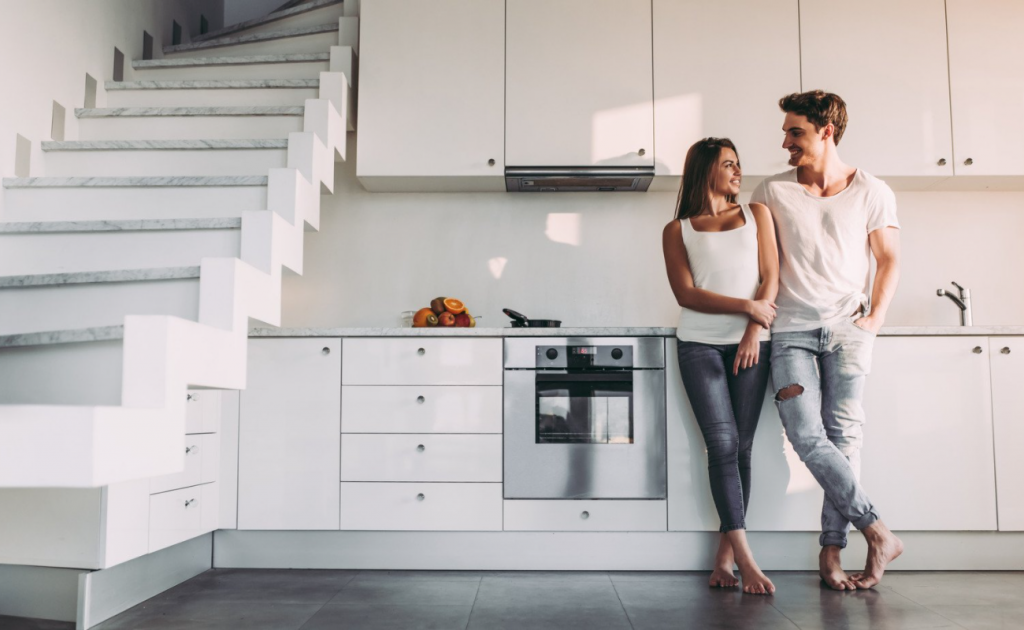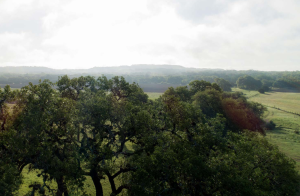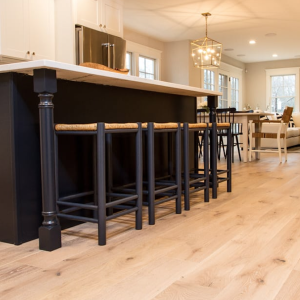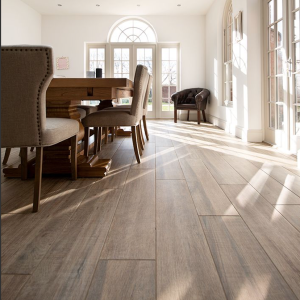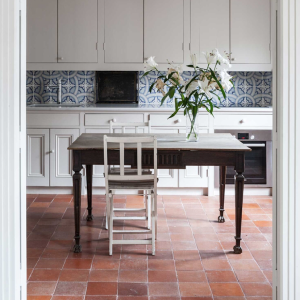A lot has changed over the past two years, but some things haven’t. One thing that has remained the same: people still need homes. In fact, people are spending even more time at home as working remotely has remained widespread. Thus the importance of one’s house as a safe space has only grown, leading more and more people to build.
What does this mean for building demand?
Pardon our pun, but we’d say custom home demand has been building… A lot of potential new homeowners spent last year waiting for things to “slow down” before breaking ground on their dream home. This has created pent up demand in a market that still hasn’t seen demand fall. In fact, around 4 out of 5 builders expect to build more homes in 2022 than in 2021. Already, 2021 was a booming year for the industry and builder’s optimism leads us to believe 2022 will be another full year. Since housing is a constant need we don’t recommend waiting for a “dry spell” to start building. Instead we recommend starting early to get a better spot in a builder’s queue of people waiting to build their dream home.
I want a custom home, but I can’t find a place to build it
Clear lots in major cities, such as San Antonio, can be hard to come by. Lot supply can vary significantly depending on location with a general rule that the closer you are to the heart of a city, the harder it will be to find land. While many people may think that you have to have a lot before you find your builder, a custom home builder could be the perfect solution to finding the right lot. One benefit of a local builder is local expertise in the real estate market. More than anyone else, they know where the best places to build are. Take our staff at Texas Signature Custom Homes. Our team has a lifetime of experience building in the San Antonio area. One member even got their start from selling lots locally and has witnessed trends first hand.
Utilizing a local builder’s expertise in the San Antonio real estate market can streamline your home building process by helping you know where to look for lots. An added bonus is that a builder can help you evaluate how easy it will be to put your dream home on a given piece of land. There’s nothing worse than saving a couple thousand on a lot that was a “steal” only to find out it isn’t as buildable as you were led to believe. Home builders can help you avoid this pitfall and even help evaluate simple things such as where the water drains to make sure you aren’t building in a spot that could flood your first floor.
Over the past few years, we’ve been building more and more homes in the surrounding San Antonio area. People are moving further out for larger lots and better access to the Hill Country. Now that remote work is reducing people’s commutes, we expect this trend to accelerate as more home building customers purchase lots in Bulverde, Boerne, New Braunfels and other surrounding areas. If you are willing to be further from San Antonio, the area is filled with many rich communities filled with amazing designs and new builds.
Personally, I think any lot within 20 minutes of an HEB is prime real estate, but the rolling Hill Country with its quaint small towns and endless trees is pretty appealing. Add in access to HEB’s house made tortilla’s and you have the perfect recipe for a dream home.
Will there be delays?
Unfortunately, global supply chains are still practically the wild west, with standoffs between product shortages and surcharges in shipping costs. While it can be challenging to predict what will be short next, home builders have navigated these challenges for well over a year now. Experienced builders with a deep knowledge of building timelines will be able to navigate these delays by pre-ordering pieces with expected delays. Even better, builders who have been around for a while should have strong ties with local contractors and skilled laborers needed to complete a build. This too can help you mitigate delays born of labor shortages.
To evaluate whether a builder is experienced, find out how many years they have been in the business and how many houses they’ve built. You can also ask potential builders what their timelines are currently looking like. Here we recommend listening for honesty, not the shortest timeline. While it can be tempting to go with the builder who promises a quick 6 months. With these market conditions, they may be exaggerating or frequently cut corners in the name of speed. Regardless, there is a high chance they will be unable to deliver a truly custom experience. Or even better, find out first hand from a brand’s customers. A client who has dealt with many delays and project mismanagement is likely to share this information via reviews on the company’s social pages to warn other potential buyers.
Construction costs are expected to come down
On a positive note, we are expecting to see a drop in the costs of many inputs for custom home building. This is a win for everyone, allowing home builders to deliver more value for a client’s budget and for a client to have more of a chance to customize before making cuts. The ambiguity of the many costs of home building can be intimidating for someone building a home for the first time. That’s why we at Texas Signature pursue radical transparency with budgeting, to allow the home owners to have confidence and more control over costs. We recommend finding a building company that is willing to give it to you straight and have candid conversations about costs while also offering their expertise on how much each category should average. This will allow you to be in the driver’s seat, but with the added benefit of a map to tell you how to get there and how much it’s gonna cost.
Building a home can be one heck of a ride, but we assure you, the view at the end is worth it.

